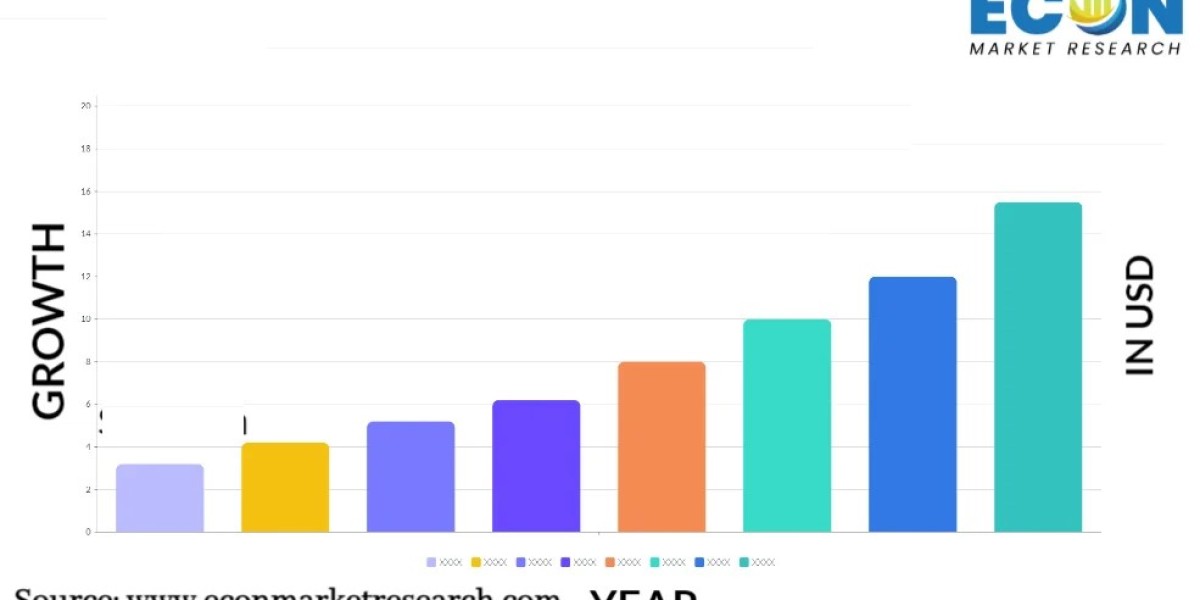In today's rapidly evolving architectural landscape, technology has become more than just a supporting role; it is the very backbone of modern design and construction. Architects are leveraging an array of advanced tools and techniques to create innovative and sustainable structures, pushing the boundaries of what is possible. Let's explore some of the key technologies driving this transformation and how architecture students can stay ahead in this dynamic field.
Building Information Modeling (BIM)
Building Information Modeling (BIM) has revolutionized the architectural process by enabling architects to create detailed 3D models that encompass every aspect of a building's design, from structural elements to building systems. BIM facilitates seamless collaboration between architects, engineers, and contractors, reducing errors and streamlining the construction process. Students learning to use BIM gain a significant advantage, as it has become a standard in the industry.
Virtual and Augmented Reality (VR/AR)
The emergence of virtual and augmented reality has provided architects with powerful visualization tools. Virtual reality allows architects to experience their designs in immersive 3D environments, enabling them to spot potential issues and refine their concepts. Augmented reality, meanwhile, overlays digital information onto the real world, making it easier to visualize design elements in real-life settings. This technology is also proving invaluable in client presentations, allowing stakeholders to experience the proposed designs before construction begins.
Parametric Design and Generative Architecture
Architects are embracing computational design methods like parametric design and generative architecture to create complex, innovative forms. These techniques involve using algorithms and computation to generate architectural designs based on specific parameters, enabling architects to push the boundaries of conventional design. This approach can result in unique, highly efficient structures that might have been difficult to achieve through traditional methods.
Drones and 3D Printing
Drones are becoming an essential tool for architects, providing aerial surveys, site inspections, and even progress monitoring during construction. They offer a cost-effective and time-saving alternative to traditional surveying methods. 3D printing is also making waves in the industry, allowing architects to create intricate models and even full-scale building components with precision and efficiency.
Navigating the Technological Landscape
With all these advancements, architecture students are under increasing pressure to stay current with technology. It's not uncommon for students to seek help with architecture assignment that require in-depth knowledge of these technologies. This is where external support, like online tutorials, workshops, and even specialized services for architecture assignments, can be incredibly valuable. By leveraging these resources, students can better understand advanced concepts and gain practical skills in using modern architectural tools.
Embracing the Future of Architecture
The future of architecture is filled with exciting possibilities, with technology driving innovation and opening new avenues for creativity. By mastering tools like BIM, VR/AR, parametric design, drones, and 3D printing, the next generation of architects will be equipped to design sustainable, efficient, and aesthetically striking structures.
As the industry continues to evolve, the architects who adapt to and embrace these technological advancements will be the ones who lead the way in redefining the built environment. Whether you are a seasoned architect or a student just starting your journey, staying current with these emerging technologies is key to success in the modern world of architecture.









